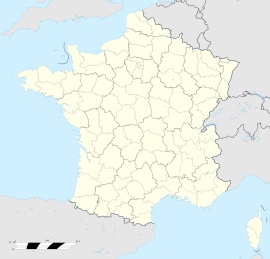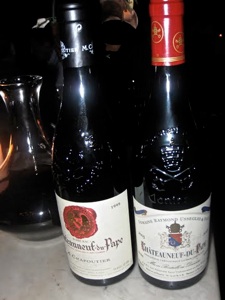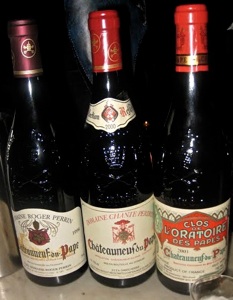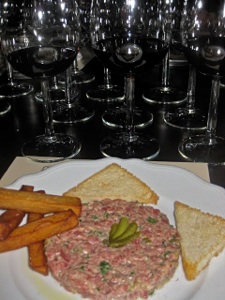



2010
Didier & Châteauneuf-du-Pape



The IW&FS Toronto Branch hosted an Dinner at Didier.
Our finding are recorded below. So please read on...
The IW&FS Toronto is proud to share this information with you our members.

“Didier & CNP”
March 23, 2010
Date: Tuesday, March 23, 2010
Time: 6:30P.M. - 10:30 P.M.
Location: Didier Restaurant
1496 Yonge Street, Toronto, ON
647-260-0830
Didier’s web Information
To register on line click on the link below:
>>Heads up IWFS Mar232010.pdf >>
This IW&FS event was very well attended with 24. WOW what dinner and WOW WHAT WINE! This is one of the all time great Toronto Restaurants and Classic French.
The number of pleats in a Chef’s hat is the number of ways he/she knows how to cook an egg. Didier Lerou proved his metal with the opening salvo of a coddled egg, which included siting on a bed of fois-gras steamed is a sauce for dying over ‘Oeuf en Cocotte Périgourdine’. As I am thinking about the dinner and how lovely is was I want to do it all over again.

Clement V was succeeded by John XXII, who regularly drank the wines from the vineyards to the north, as well as Burgundy wine, and did much to improve viticultural practices there. Under John XXII, the wines of this area came to be known as "Vin du Pape"; this term later became Châteauneuf-du-Pape. John XXII is also responsible for erecting the famous castle that stands as a symbol for the appellation.

































